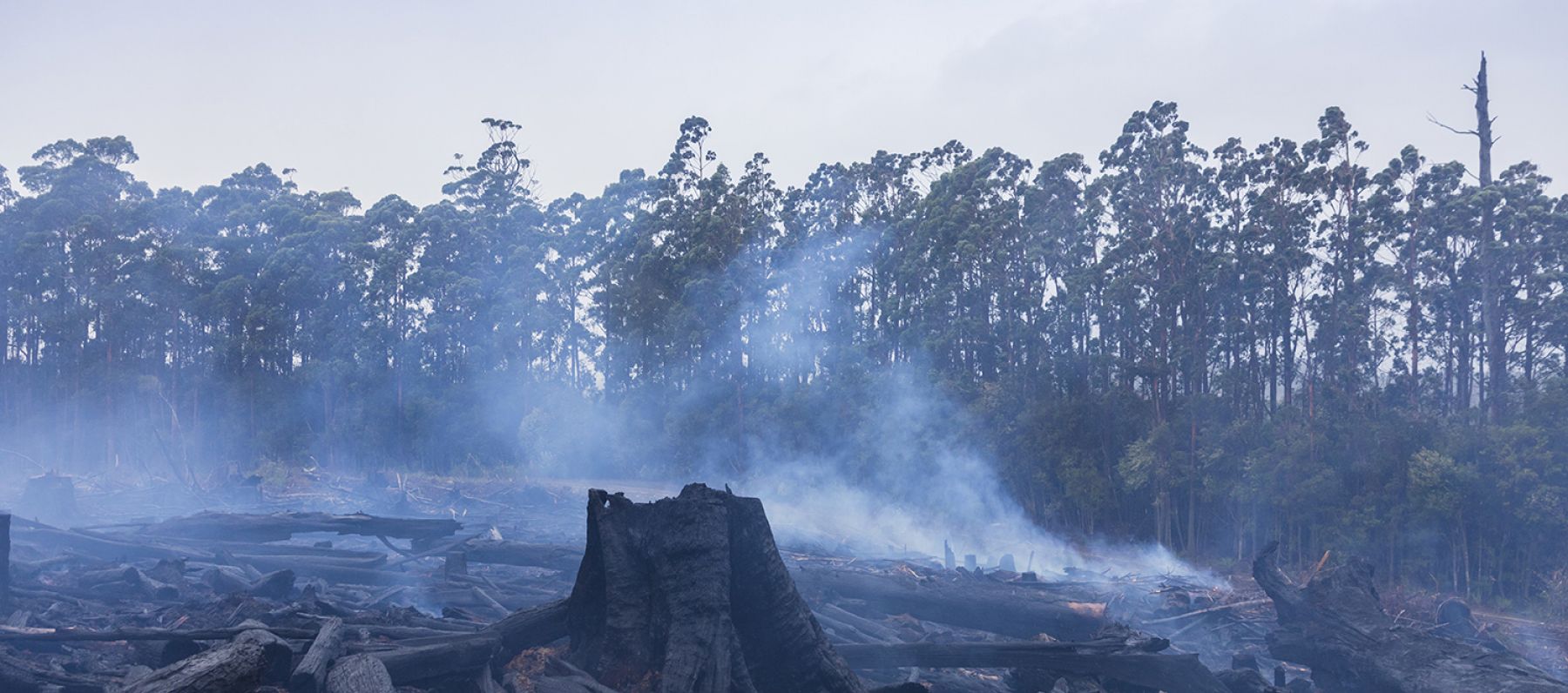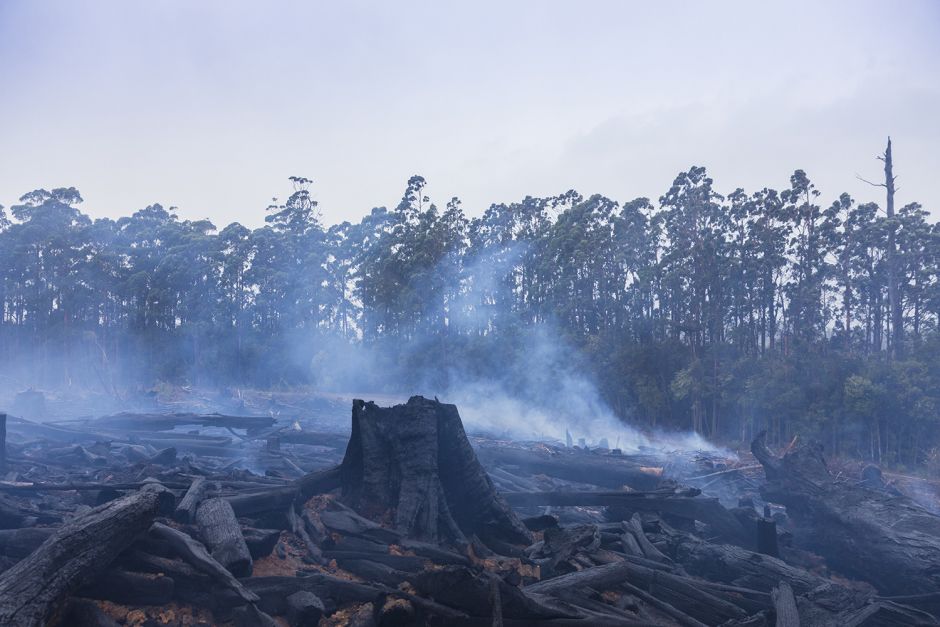Sign up for our monthly newsletter

Airlabs helped redefine Australia’s disaster resilience. Can they help you?
If 2020 has taught us anything it’s that disasters can happen. And when they do, they can impact the lives and livelihoods of millions and tear at the very fabric of natural and built environments.
It has also shown that new ways of working, led by new mindsets and tools, are both necessary and possible. That’s where Airlabs — ThinkPlace’s unique approach to radical, digitally-enabled collaborative design — comes in.
This year has also underlined that nations and institutions who prioritise disaster resilience can outperform their neighbours, better serve their citizens and emerge from disastrous events with fewer scars.
In short, resilience matters.
THE PROBLEM
Australia’s peak science body, CSIRO, has been working with stakeholders across disaster management and other related sectors, all over the country. The goal has been to help these different experts and interests reach a deeper understanding of what drives disaster vulnerability while together reframing the sector towards a stronger focus on resilience.
This collective shift involved a new focus on the way root causes of disaster are understood, discussed and depicted. It required moving from a focus on the hazard (the cyclone, bushfire or devastating storm) to more comprehensively examining the human choices and complex factors that contribute to putting people, infrastructure and other assets in harm’s way.
To advance this process and help support the emergence of a stronger, resilience system CSIRO needed to better understand the current state. Its points of connection and disconnection. Its different capabilities, actors and characteristics. A complex system of people, ideas and resources needed to be accurately mapped and powerfully depicted.
CSIRO turned to ThinkPlace to inclusively co-design this understanding, in collaboration with subject matter experts across many geographic locations and scientific specialisations.
THE CHALLENGE
The brief was challenging: A visualisation that made sense of Australia’s complex system of disaster resilience. The visualisation was to appear in a major report.
The use of Airlabs enabled CSIRO to co-create a visualisation that did not just represent the report’s findings but helped to shape and reshape them, unlocking new connections and ways of understanding.
ThinkPlace drew together a core design team featuring specialists in climate science, risk assessment, emergency management and other areas within CSIRO. Together they would “make” the new design. But with ThinkPlace designers in Melbourne, CSIRO headquarters in Canberra and individual team members in locations all over Australia the idea of “getting in a room” to get creative was not possible.
Airlabs meant it didn’t matter.
The challenge of how to be collaborative, creative and inclusive with groups of people who cannot share physical space is something ThinkPlace has invested deeply in tackling over many years. Those skills, tools and mindsets are now more valuable than ever.
The methods we used and the lessons learned in this project are all pre-Covid but they exist as crucial proof points for a new way of working that has now become essential. We know how to do this and we know it works. -- Sarah Patterson, Project Lead
WHAT WE DID
After assembling the core design team ThinkPlace co-created a design brief that captured the project’s intent, audience needs and messages to convey, as well as the visual requirements and overarching narrative for the project.

We then went away and created prototype sketches, depicting a range of options that could be used to visualise the system. In a cornerstone Airlabs session we presented prototypes and a design brief and began to jointly probe and test the thinking behind each iteration.

Across multiple states and territories, ThinkPlace designers led multiple Airlabs sessions, sketching amendments to the designs in real time as participants collaborated to shape and improve the emerging visualisations. The team progressed from easily-adapted hand sketches to low-fidelity digital proofs and then, ultimately, to a highly-polished final visualisation of the nation’s resilience system.

"Frequent and painless check-ins ensured the designs being developed faithfully conveyed technical information sourced from different disciplines and did so in accessible language and imagery," says designer Phillip Rubery, who worked on the project.
"Airlabs made that process of rapid iteration happen just as effectively as if we’d been in a room together. Maybe even more so."
Airlabs is not a piece of software. It is not a technical platform (although it makes expert and innovative use of several). While a variety of tools and platforms were used to enable this digital collaboration, the real key to Airlabs’ success in a complex design challenge such as this was the was the deep expertise of ThinkPlace strategic designers and the mindsets they were able to unlock and nurture amongst the core design team.
THE RESULT
This process delivered a compelling visualisation that went far beyond merely illustrating CSIRO’s changing thinking about resilience to actively shape and reshape that emerging understanding.
"Working with ThinkPlace is different," says CSIRO’s Dr Deborah O’Connell. "We would write some words, do some analysis, test some concepts with them and they would sometimes come back with pictures that reflected exactly what we meant. But just as usefully when the pics didn’t reflect what we meant, it forced us to re-examine the robustness or utility of the concept itself as well as the communication of it.
"ThinkPlace designers could see some really obvious connections by looking at things from a different perspective, and focus our attention on that. Their input and our collaboration together changed some of the questions we asked and the framings we used as we tested key concepts."







